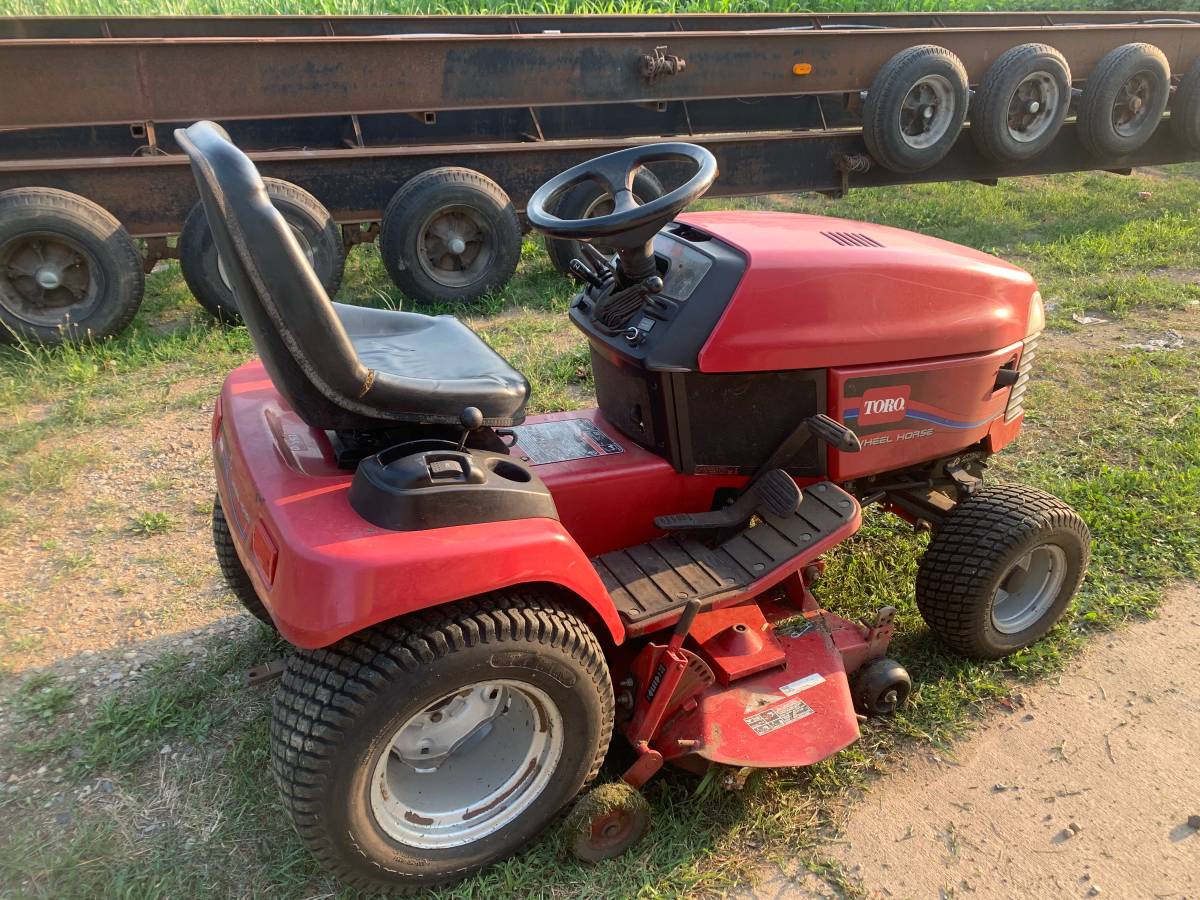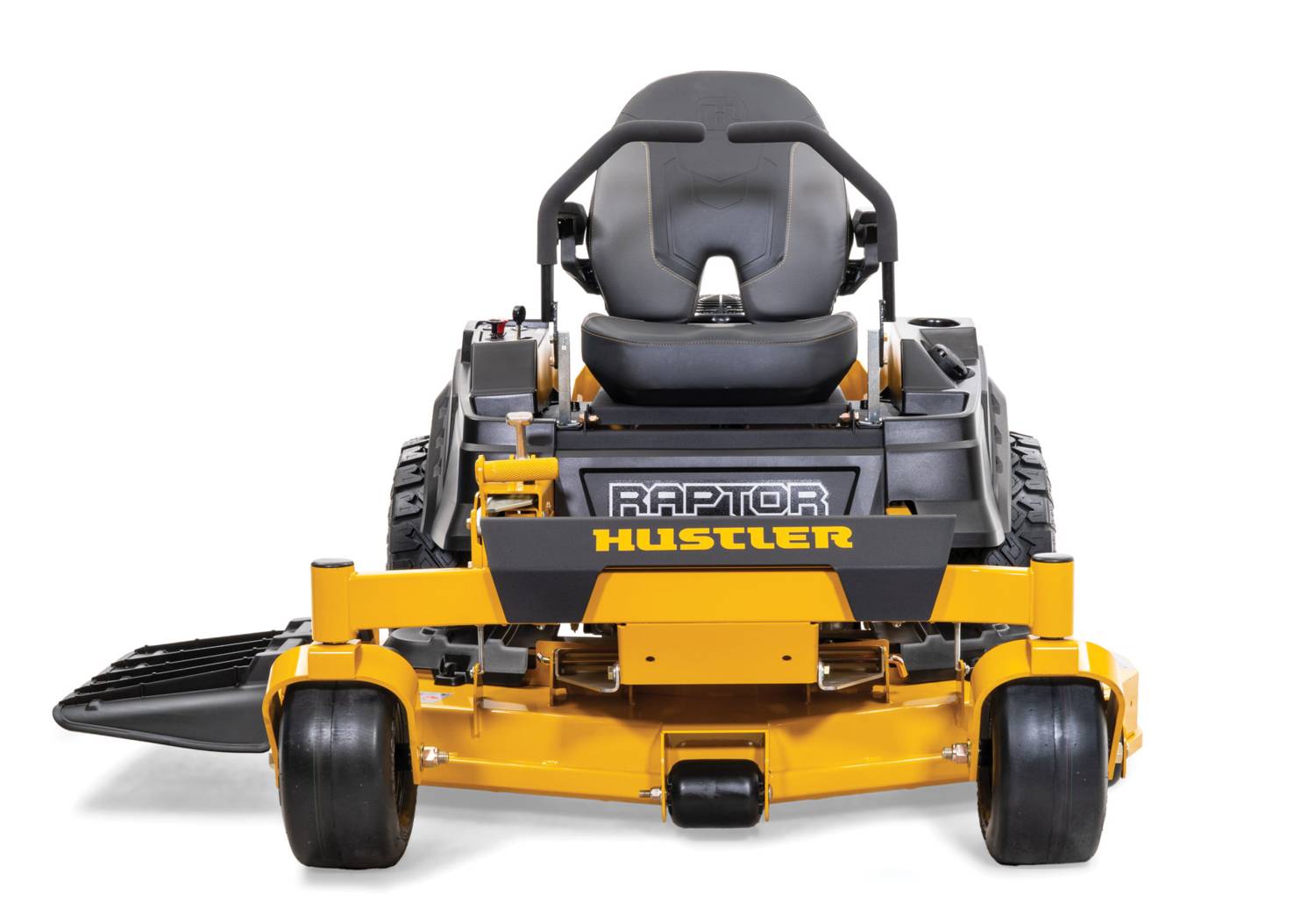Hand lawn mowers are mechanical devices designed to trim and maintain grassy areas without electricity or fuel. Consisting of a rotating blade attached to a frame with handles, they are pushed manually across the lawn, enabling the user to set the precise cutting height. These mowers feature varying blade widths and designs, allowing for customization based on the size and type of lawn.
Hand lawn mowers have been instrumental in lawn maintenance since their invention in the 1830s, offering a cost-effective and environmentally friendly alternative to powered mowers. They provide a quiet and non-polluting way to achieve a well-manicured lawn, while also providing the user with moderate exercise. Additionally, they are lightweight and easy to maneuver, making them suitable for small to medium-sized lawns and areas with obstacles.
In this article, we will explore the different types of hand lawn mowers, their advantages and disadvantages, and provide tips on how to choose the right mower for your lawn.
Hand Lawn Mower
Hand lawn mowers are indispensable tools for maintaining a healthy and aesthetically pleasing lawn. They offer a range of benefits, including cost-effectiveness, environmental friendliness, and ease of use. Here are four key aspects to consider when using a hand lawn mower:
- Cutting Height: Adjust the cutting height to suit the type of grass and desired lawn appearance.
- Blade Sharpness: Sharp blades ensure a clean cut, reducing grass damage and promoting healthy growth.
- Regular Maintenance: Clean and lubricate the mower regularly to extend its lifespan and maintain optimal performance.
- Grass Type: Choose a mower suitable for the type of grass in your lawn, as different grasses have varying mowing requirements.
These aspects are interconnected and contribute to the overall effectiveness of a hand lawn mower. For example, a sharp blade set to the correct cutting height will produce a clean, even cut that promotes healthy grass growth. Regular maintenance will ensure that the mower is in good working condition, reducing the risk of breakdowns and extending its lifespan. By considering these key aspects, you can achieve a well-manicured lawn while enjoying the benefits of using a hand lawn mower.
Cutting Height
Cutting height is a crucial factor in maintaining a healthy and visually appealing lawn. Different grass types have varying optimal cutting heights, and adjusting the mower accordingly is essential for proper lawn care.
- Healthy Grass Growth: Cutting grass at the appropriate height promotes healthy growth and root development. Taller cutting heights encourage deeper root growth, resulting in a more resilient lawn that can better withstand drought and stress.
- Reduced Thatch Buildup: Thatch is a layer of dead grass and organic matter that can accumulate on the lawn’s surface. Cutting the grass at a higher height helps reduce thatch buildup, allowing water and nutrients to reach the soil more effectively.
- Weed Suppression: Taller grass blades can shade out weeds, making it harder for them to establish. Maintaining a higher cutting height can help suppress weed growth, reducing the need for herbicides.
- Aesthetic Appeal: The desired lawn appearance also influences the cutting height. A shorter cutting height creates a formal, manicured look, while a taller cutting height gives a more natural, meadow-like appearance.
Understanding the relationship between cutting height and lawn health is essential for effective lawn maintenance. By adjusting the cutting height to suit the type of grass and desired lawn appearance, you can promote healthy growth, reduce thatch buildup, suppress weeds, and achieve the aesthetic appeal you want for your lawn.
Blade Sharpness
The sharpness of the blades in a hand lawn mower is of paramount importance in achieving a healthy and aesthetically pleasing lawn. Sharp blades produce a clean cut, minimizing damage to the grass plants and promoting their overall health and growth.
When grass is cut with dull blades, the blades tend to tear and shred the grass leaves, leaving ragged edges. This can lead to a number of problems, including:
- Increased susceptibility to disease and pests, as the ragged edges provide an entry point for pathogens and insects
- Reduced water and nutrient uptake, as the damaged grass leaves cannot absorb these essential elements as efficiently
- Unsightly appearance, as the torn and shredded grass leaves give the lawn a ragged and unkempt look
In contrast, sharp blades create a clean, even cut that promotes healthy grass growth. The clean cuts reduce the risk of disease and pest infestation, and they allow the grass leaves to absorb water and nutrients more effectively. This results in a healthy, lush lawn that is visually appealing and resistant to stress.
Maintaining sharp blades on a hand lawn mower is essential for achieving optimal lawn health and appearance. Regular sharpening of the blades is recommended to ensure that they remain sharp and effective.
Regular Maintenance
Regular maintenance is crucial for ensuring the longevity and optimal performance of a hand lawn mower. By adhering to a regular maintenance schedule, you can extend the lifespan of your mower and keep it operating at its best, resulting in a well-maintained lawn.
- Cleaning: Removing dirt, grass clippings, and other debris from the mower after each use helps prevent corrosion and ensures smooth operation. Regular cleaning also allows you to inspect the mower for any signs of damage or wear.
- Lubrication: Applying lubricant to the mower’s moving parts, such as the bearings and gears, reduces friction and wear, extending the lifespan of these components. Proper lubrication also ensures smooth operation and prevents the mower from becoming noisy.
- Blade Sharpening: As mentioned earlier, sharp blades are essential for a clean cut and healthy lawn. Regular sharpening ensures that the blades remain sharp and effective, reducing the risk of damaging grass and promoting healthy growth.
- Seasonal Maintenance: In addition to regular cleaning and lubrication, seasonal maintenance is also important. At the end of each mowing season, thoroughly clean the mower, lubricate all moving parts, and store it in a dry place to prevent rust and damage.
By following these regular maintenance practices, you can ensure that your hand lawn mower remains in good working condition for many years to come, providing you with a reliable and efficient tool for maintaining a healthy and beautiful lawn.
Grass Type
When selecting a hand lawn mower, it is essential to consider the type of grass in your lawn. Different grass species have unique characteristics and mowing requirements, and choosing a mower that is suitable for your grass type will ensure optimal lawn health and appearance.
- Blade Type: The type of blade on the mower should match the type of grass in your lawn. For example, reel mowers are ideal for fine-leaved grasses like Kentucky bluegrass and fescues, while rotary mowers are better suited for coarse-leaved grasses like Bermuda grass and zoysia grass.
- Cutting Height: Different grass types have different optimal cutting heights. For instance, fine-leaved grasses typically require a lower cutting height than coarse-leaved grasses. Choosing a mower with adjustable cutting heights allows you to customize the cut to suit your grass type.
- Mowing Frequency: The frequency of mowing also varies depending on the grass type. Fast-growing grasses like ryegrass and Bermuda grass require more frequent mowing than slow-growing grasses like fescues and zoysia grass.
- Mulching Capabilities: Some hand lawn mowers have mulching capabilities, which can be beneficial for certain grass types. Mulching mowers cut and re-cut grass clippings, returning them to the lawn as a natural fertilizer. This can be particularly beneficial for coarse-leaved grasses that tend to produce more clippings.
Understanding the mowing requirements of your grass type and choosing a hand lawn mower that is suitable for your needs will help you maintain a healthy and beautiful lawn.
Hand Lawn Mower Tips
Maintaining a healthy and beautiful lawn with a hand lawn mower requires proper techniques and regular care. Here are some essential tips to help you achieve optimal results:
Tip 1: Choose the Right Mower: Select a mower that is suitable for the size and type of your lawn. Consider the blade type, cutting height, and mulching capabilities to ensure a mower that meets your specific needs.
Tip 2: Mow Regularly: Mow your lawn frequently to encourage healthy growth and prevent grass from becoming too long and difficult to cut. The frequency of mowing will vary depending on the grass type and growth rate.
Tip 3: Adjust Cutting Height: Set the cutting height according to the type of grass in your lawn. Taller cutting heights promote deeper root growth and reduce stress on the grass, while shorter cutting heights give a more formal appearance.
Tip 4: Sharpen Blades Regularly: Sharp mower blades produce a clean cut, reducing damage to the grass and promoting healthy growth. Regularly sharpen the blades to ensure optimal performance and prevent tearing or shredding of grass leaves.
Tip 5: Clean and Lubricate the Mower: After each use, remove grass clippings and debris from the mower deck and lubricate moving parts to prevent rust and ensure smooth operation. Regular maintenance extends the lifespan of the mower.
Tip 6: Avoid Mowing Wet Grass: Wet grass is more difficult to cut and can clog the mower. Allow the grass to dry before mowing to prevent clumping and uneven cutting.
Tip 7: Alternate Mowing Patterns: Vary the direction you mow each time to prevent ruts and promote even growth. This helps distribute wear and tear on the lawn.
Tip 8: Store Properly: When not in use, store the mower in a dry place to prevent rust and damage. Clean the mower thoroughly before storing to remove any remaining grass clippings or debris.
Following these tips will help you maintain a healthy and beautiful lawn while ensuring the longevity and optimal performance of your hand lawn mower.
Conclusion
Hand lawn mowers have proven to be invaluable tools for maintaining healthy and aesthetically pleasing lawns. Through manual operation, they offer a cost-effective, environmentally friendly, and healthy alternative to powered mowers. Understanding the importance of cutting height, blade sharpness, regular maintenance, and grass type is crucial for effective lawn care with a hand lawn mower.
By implementing the tips outlined in this article, homeowners can maximize the benefits of their hand lawn mowers, ensuring a lush, healthy lawn while enjoying the satisfaction of a job well done. As we continue to embrace sustainable practices, hand lawn mowers will undoubtedly remain a valuable choice for those seeking a greener and more fulfilling approach to lawn care.



